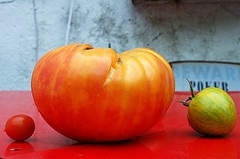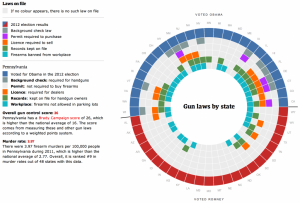The Herald has a story about a new treatment for a very rare blood disorder, and the fact that Pharmac isn’t funding it.
The drug, eculizumab (brand name Soliris), is currently the world’s most expensive, at about NZ$500 000 per year. It’s also very effective. There’s starting to be a lot of this: we now have the technology to develop specific treatments for a wider range of rare diseases, and most of the rest of that ‘most expensive’ list are replacement enzymes for rare deficiency disorders. Another recent example is ivacaftor (brand name Kalydeco), which, in about 5% of cases of cystic fibrosis allows the defective chloride transporter protein to work normally. The result appears to be complete control of the disease, but at a cost of US$300 000 per year. Similar drugs for other variants of cystic fibrosis are being tested.
Funding any one of these drugs would be a minor total cost for Pharmac, because each rare disease is rare. There are only about eight people in New Zealand who would take eculizumab, which would cost only 0.5% of Pharmac’s budget; there would be about 25 who could take ivacaftor, adding up to a percent or two of the budget. The difficulty is that rare diseases collectively are not rare — the European Organization for Rare Diseases estimates that 6-8% of the European Union population have a rare disease and applying that figure to the NZ population still gives 270 000 people. At $500 000 per person, Pharmac’s total budget would pay for 1500 people to get this sort of very expensive treatment. At the moment there probably aren’t 1500 people in NZ whose rare diseases are expensively treatable, but there are a lot more than eight.
The patient support group for people with this rare blood disorder obviously think the treatment should be funded
The group’s founder, Auckland artist Daniel Webby, 32 – who almost died from PNH complications – said the funding process did not recognise the rights of rare-disease sufferers.
“They need to recognise that for rare diseases, [drug] development costs are higher per patient. They need to put that into their budget and make sure people get … life-saving treatments when they are available.”
I’m sure Pharmac does recognise this, but changing the national approach to subsidy of health care to give priority to ‘miracle’ treatments for rare diseases is not the sort of decision Pharmac should be making on its own, and the money shouldn’t be taken out of the current Pharmac budget (which is already on the low side). Kiwis need to decide whether a miracle drug fund is something we want to support and are willing to pay for.
[Update: The Herald has an editorial weighing in strongly against expensive drugs even if effective. I basically agree, but it’s a pity they don’t have the same attitude to miracle treatments that don’t work]

